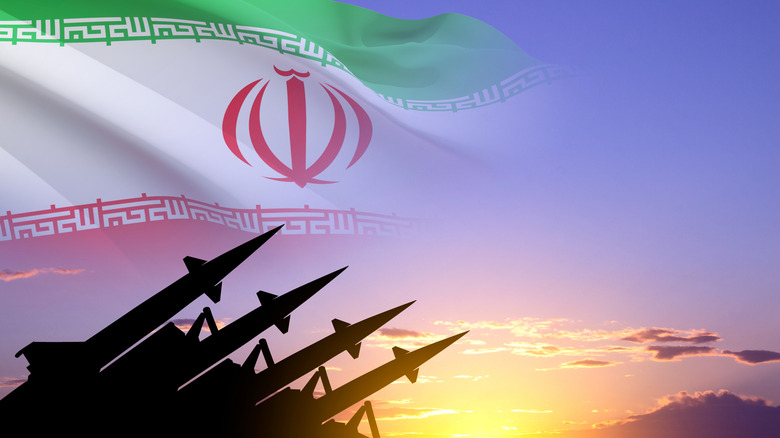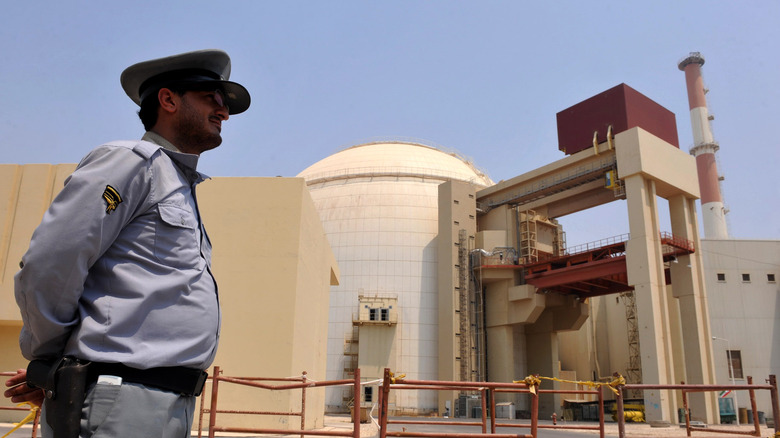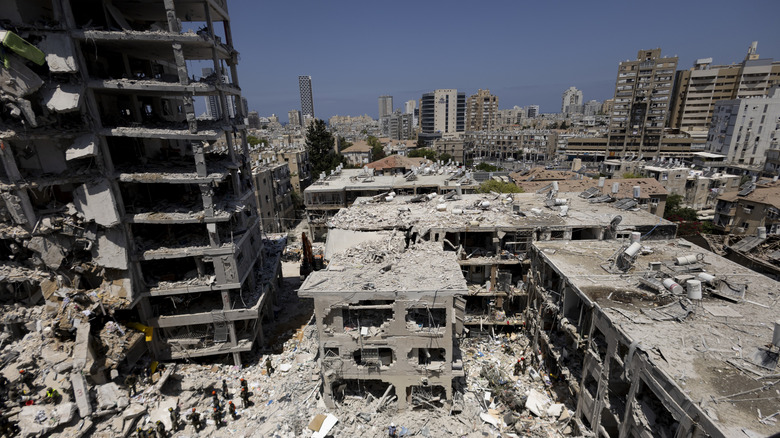Yes, Iran Has Incorporated Artificial Intelligence Into Its Weapons - Here's What That Means
The ongoing armed conflict between Iran and Israel has, once again, put the Iranian military and its capabilities under the radar. For those unaware, the entire basis of the current conflict centers around the possibility of Iran acquiring a nuclear bomb. Israel considers this an existential threat; given that the Iranian regime has repeatedly and explicitly called for the destruction of the State of Israel. Needless to say, most of the chatter on the ongoing conflict centers around Iran's suspected nuclear capabilities and what would happen if Iran ends up making the dreaded nuclear bomb. While this may be a genuine case of concern for the West, virtually no attention is being given to some of the increasingly bold claims Iran has been making about incorporating Artificial Intelligence (AI) technology into its weapons.
According to a report by The Foreign Military Studies Office (FMSO), the first-ever references to the integration of AI into Iranian defense systems date back to August 2024. Rear Admiral Alireza Tangsiri of the IRGC Navy claimed that the Iran military had embedded AI-based technology in more than 2,600 new systems within the Iranian military. These systems claim to include drones, naval assets, and missile platforms. Iran also famously claimed to have tested missiles featuring AI technology as recently as January 2025 during a major naval drill in the Persian Gulf.
Reports from Iranian state media claimed that Iran's AI-infused weapons systems would offer marked improvements in accuracy, targeting, and operational efficiency. The one thing that is patently obvious in light of this new information is that an Iranian nuclear bomb is not the only thing the West needs to be worried about. The country's efforts at harnessing the power of AI demand an equal level of attention.
Nuclear power is the beginning, AI supremacy is the ultimate aim
While Iran's suspected acquisition of nuclear weapons is a cause of concern to the West, it is now increasingly becoming evident that Iran's ambitions extend far beyond conventional nuclear weapons. A recent report by the Middle East Media Research Institute (MEMRI) indicates that Tehran is actively pursuing a long-term strategy to become an AI superpower. The MEMRI report titled "Iran's Dangerous Push To Become An AI Superpower" details how the country is on a mission to embed AI into its nuclear infrastructure, surveillance architecture, and cyber operations. Iran's Supreme Leader Ayatollah Ali Khamenei has also openly declared AI to be a strategic priority for national development, urging that the country "must be among the world's top ten in artificial intelligence."
While Khameini's claim will certainly be a cause for concern, the country's long history of poor governance, political repression, human rights abuses, and bleak economic outlook have forced most brilliant minds from the country to look for greener pastures. However, Iran appears to have found a way to circumvent this brain drain problem. According to MEMRI, Iran is leveraging open-source software, illicit cyber-acquisition, and partnerships with nations like Russia and China to fast-track AI development. This hybrid approach lets Iran circumvent most of its technological infrastructure deficiencies.
Still, the country has limited access to technologies like semiconductor fabrication, and high-performance computing, which adds roadblocks to its aim of achieving AI superiority. In light of these realities, Iran's current claim to incorporate artificial intelligence into its traditional weapons sounds more like propaganda than fact. A look at the performance of these weapons in recent times also doesn't indicate that Iran's supposed infusion of AI into its weapons systems has had any impact on their accuracy.
Iran's AI-Enhanced strike: More hype than breakthrough?
Following Israel's pre-emptive air strikes against Iranian nuclear assets, Iran responded with a barrage of ballistic missile attacks against Israel. Videos shared on social media platforms showed some of these missiles successfully breaching Israel's famed Air Defense systems, including the famed Iron Dome System. Besides the iron dome, Israel uses a multilayered air defense systems that include the David's Sling, Arrow 3, and THAAD (Terminal High Altitude Area Defense) air defense systems to offer comprehensive protection against a wide variety of aerial threats.
While these breaches raised doubts about the efficacy of Israel's Air Defense systems, a military official from Israel claimed that the performance of these systems was within prescribed norms; with success rates hovering between 80- and 90%. He went on to add that most of the missiles aimed at Israel were successfully shot down, emphasizing that the highly publicized breaches were expected. Meanwhile, Reuters fact-checking reported that many of the videos circulated on social media purporting to show successful Iranian strikes during the June barrage were actually recycled footage from earlier attacks, especially the Iranian retaliation in October 2024.
In simpler words, there is no clear evidence of Iran's missile strikes showing enhanced strike rates with the supposed infusion of AI. Most sources indicate that the 2025 Iranian missile strikes against Israel did not demonstrate a departure from traditional Iranian ballistic missile behavior. So, while Iran might have an active AI integration program underway, it has not yet demonstrated anything close to the revolutionary potential it claims.


